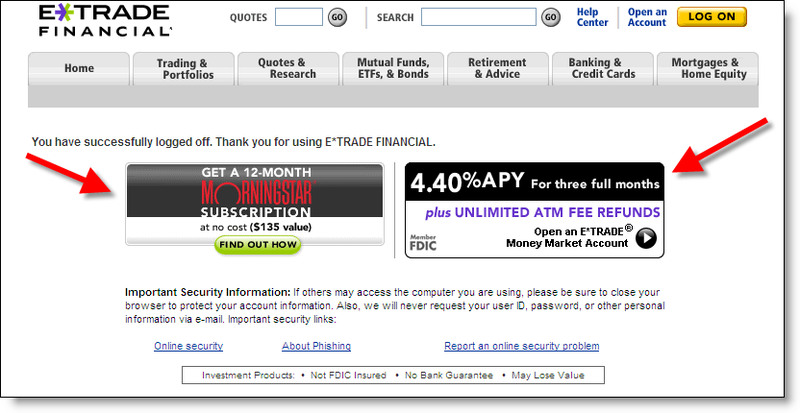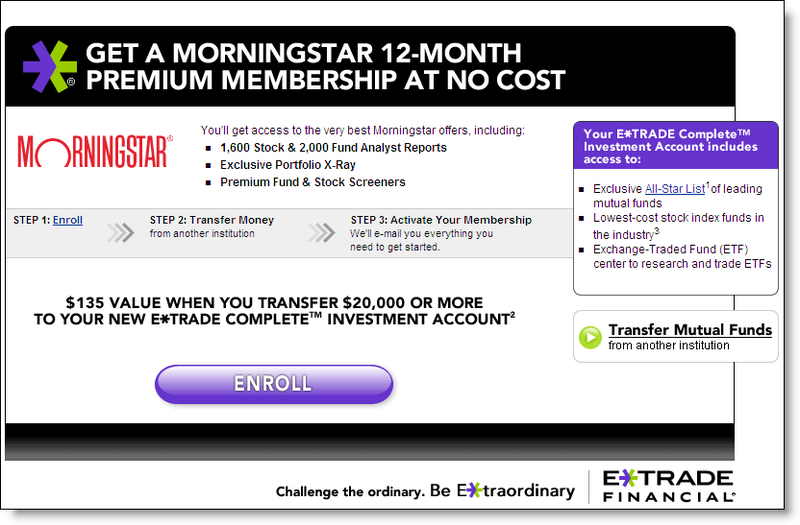News and new products from First Data, GE Consumer Credit, HSBC, and many, many more payments companies.
The Clearing House Payments Company LLC‘s SVPCO-Electronic Clearing Services unit says daily average check image volume in its Image Payments Network grew 47 percent in February, surpassing one million items a day for the first time. The network processed 19.4 million items in February, a 40 percent increase over January. (Contact: The Clearing House Payments Company L.L.C., 212-613-9896)
Community Banking Systems says Sanderson State Bank, operating in the Houston, Texas area, is using its check imaging system.(Contact: Community Banking Systems, 678-781-7203)
ePassporte, N.V., based in Curacao, Netherlands Antilles, says it has a new product called DirectPay EU that allows European cardholders to move funds from their European bank accounts to their ePassporte accounts over the European ACH network. The platform is manufactured by 2000Charge Inc. ePassporte sells virtual Visa and Visa Electron cards online. (Contact: ePassporte, N.V., 416-703-7200)
Fidelity National Information Services Inc. says Bankers’ Bank Northeast will courier its checks to Fidelity’s Massachusetts processing centers to be imaged. Bankers’ had been processing its checks at the Boston Fed before those operations were relocated to Windsor Locks, Ct. Bankers’ Bank Northeast is a wholesale correspondent bank for 150 New England community banks. (Contact: Fidelity National Information Services, 904-854-3282)
First Data Corp. says its First Data International unit will be processing MasterCards for Romania’s Credisson International, owned by BNP Paribas. Credisson has about 750,000 card holders. Separately, First Data says that Associated Banc-Corp renewed its credit card processing contract. Associated has been a First Data customer for 25 years. (Contact: First Data Corp., 402-222-6178; Credisson Int’l, 4021-312-02-20)
Fiserv Inc.’s Precision Computer Systems unit says it has a new Web-based compliance tool called PCS Bank Advisor, which was developed by Compass Group Consultants.(Contact: Precision Computer Systems Inc. 605-323-6252)
Gemplus International S.A.says Indonesia’s Bank Buana is using Gemplus’ EMV Dynamic Data Authentication cards. This is the first deployment of chip-based cards in that country. (Contact: Gemplus Technologies Asia, 65-6317-3333)
Global Payments Inc. says nine casinos in the United States and Canada have signed to use its new VIP LightSpeed cash access products. (Contact: Global Payments Inc., 770 829 8245)
HSBC – North America will be issuing a private label card for Brunswick Corp., which manufactures various recreational products, including outboard motors and boats. (Contact: HSBC – North America, 847-564-6761; Brunswick Corp., 847-735-4617)
Jack Henry & Associates Inc. says it will be offering its customers RSA Security Corp.’s Cyota Consumer Solutions authentication products. (Contact: Jack Henry & Associates Inc., 417-235-6652; RSA Security Inc., 781-515-6212)
JPMorgan Chase & Co. says it has a new prepaid debit card that speeds tax refunds to unbanked taxpayers. The money is available to the taxpayer as soon as the IRS electronically deposits refunds and is designed for people eligible for an earned-income tax credit. (Contact: JP Morgan Chase & Co., 212-270-7013)
Lowes Companys is launching a new credit card issued by GE Consumer Finance called The Project Card, which gives users a six-month project window to make as many purchases as they like without incurring any interest or required payments. (Contact: Lowes Cos., 704-758-3504; GE Consumer Finance, 203-585-6252)
NCR Corp. says Germany’s Kreissparkasse Bank will use NCR’s Personas M Series ATMs in its main branch in Koethen, Germany. NCR will also maintain all of the bank’s ATMs for at least three years. (Contact: NCR Corp., 937-445-3784)
Open Solutions Inc. says that $1.5 billion Provident Savings Bank was the beta test for Open Solutions’ new two-factor authentication product, called Security Matrix Two-Factor Authentication. Provident will be rolling the feature out to its customers in April. (Contact: Open Solutions Inc., 860-652-3153)
P&H Solutions says that $40 billion TD Banknorth will be offering P&H Web Cash Manager to its corporate customers. (Contact: P&H Solutions, 781-235-3424)
PaymentOne Corp. says is has a two-factor authentication product called the Identity Verification Service. (Contact: PaymentOne Corp., 408-362-4100)
Payment Processing Inc. says that AccountMate Software Corp. will be offering Payment Processing’s credit card processing services, operating on a platform from software developer ProgRes, to AccountMate’s customers. (Contact: Payment Processing Inc. 510-795-4988; AccountMate Software Corp., 415-883-8873)
Paymetric Inc., says it’s expanding its business relationship with CyberSource Corp. The companies will be offering their respective customers Paymetric’s Web-based payment portal, and CyberSource’s card processing platform. (Contact: Paymetric Inc., 713-895-2066; CyberSource Corp., 650-965-6000)
Qpass says it’s expanding its five-year business relationship with Cingular Wireless. Qpass, which operates Cingluar’s mobile payments operations, bought the assets of First Data Corp.’s Encorous mobile payments platform last year. Now Qpass will power Cingular’s third-party, off-portal business, including merchant management, billing, and subscription management. (Contact: Qpass, 206-267-2023; Cingular Wireless, 404-236-6321)
SVC Financial Services Inc. says it will be using Cardmarte Inc. to process its Scoot Mobile Money product, a cell phone-based, prepaid, re-loadable ATM card. (Contact: SVC Financial Services Inc., 866-370-9600; Cardmarte Inc., 818-325-9925)
U.S. Bank has adopted the Universal Payment Identification Code, or UPIC, which was developed by The Clearing House Payments Co. The UPIC lifts ACH-based payments information from a trade document in a way that allows the information to be processed and re-inserted in the document without revealing the payer’s banking information. (Contact: U.S. Bank, 612-303-0733)
VSoft Corp. says that Integrated Media Management is integrating several of VSoft’s check imaging products into Integrated’s TotaleReceipts software package. (Contact: VSoft Corp., 678-781-7232)







